How To Remove Icloud From An Iphone 6
10 iCloud tips and tricks to get more from Apple's storage solution
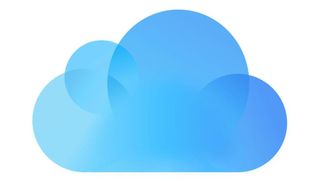
With these iCloud tips, you'll soon be using iCloud as more than your average cloud storage platform. iCloud, Apple's cloud storage platform, backs up your iPhone, iPad, and Mac data, but that's not all it can do.
Most people start using iCloud by taking advantage of the complementary 5GB of storage space offered with an Apple hardware purchase. However, they may have only a limited view of the variety of data it can store or the collaborative uses it can facilitate. Accessible from either a computer or mobile device, iCloud can be your saving grace when you need to work away from your usual homebase, when you lose your device, or buy a new one.
That is why it is considered one of the best cloud storage services around. To maximise your use of iCloud, here are some iCloud tips and tricks you can use today.
01. Know what you're backing up
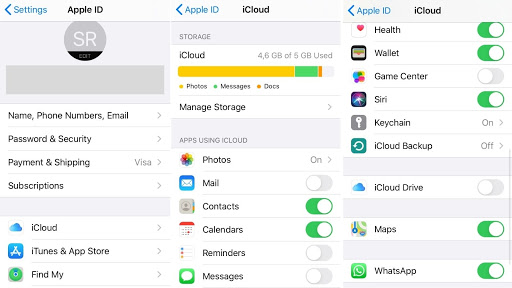
First, you need to check that you are in fact backing up your data with iCloud. In your Settings menu, make sure that iCloud Backup service is enabled. Your device will perform automatic backups periodically, but you can make one anytime thanks to the Back Up Now button. The date of your last backup is recorded so you always know when your data was last secured.
Once this step is complete, you can select which apps and services you want to back up to iCloud. This will help you secure your most sensitive data while optimising your storage space.
02. Work flexibly with iCloud

To facilitate uploading your data onto iCloud, create an iCloud drive on your system. This will allow you to drag and drop your files to the cloud without needing to go through the iCloud website.
Once your files are stored on iCloud, you can access, review, edit, and share them from any of your synced devices. This can be particularly useful when travelling or dealing with an emergency away from the office. While it is not as comprehensive a backup as provided by Time Machine, Apple's computer back-up tool, it also comes in handy should one of your devices, like your iPhone, be lost, stolen or broken. Your data will be readily retrievable to restore onto your new equipment.
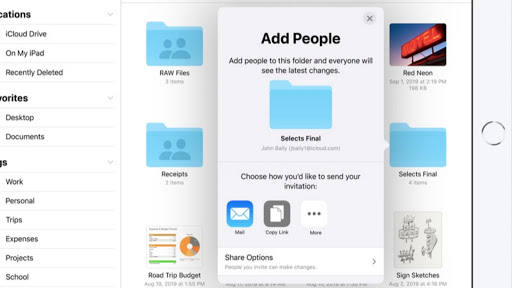
Whether to look at photos or access important administrative documents for emergencies, sharing information with your family is important. With the Family Share feature, you can add one or more family members with whom you will then be able to share your location, purchases, and documents. The profiles can each have different restrictions on the data accessible to them.
More individualised sharing options exist between Apple users, akin to those of Google Drive. Control clicking on files will yield a share option labeled Add People. You can either enter the person's email to share the document instantly or copy the shared link to send to them later. Different levels of reading and editing privileges are available, starting with "share with anyone with a link".
04. Automatically download your online purchases
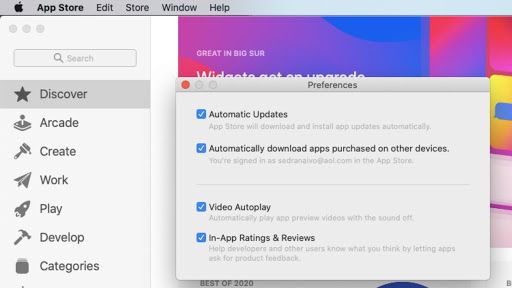
iCloud can stop you losing precious time moving your purchased items from one device to another. Access the Store Preference tab on your iPad or iPhone, and choose the Automatic Downloads option to automatically download your newly purchased music, apps, and books onto your iCloud, making them easily accessible from any of your devices. You'll never lose access to your new tunes again.
05. Stay safe using iCloud Keychain
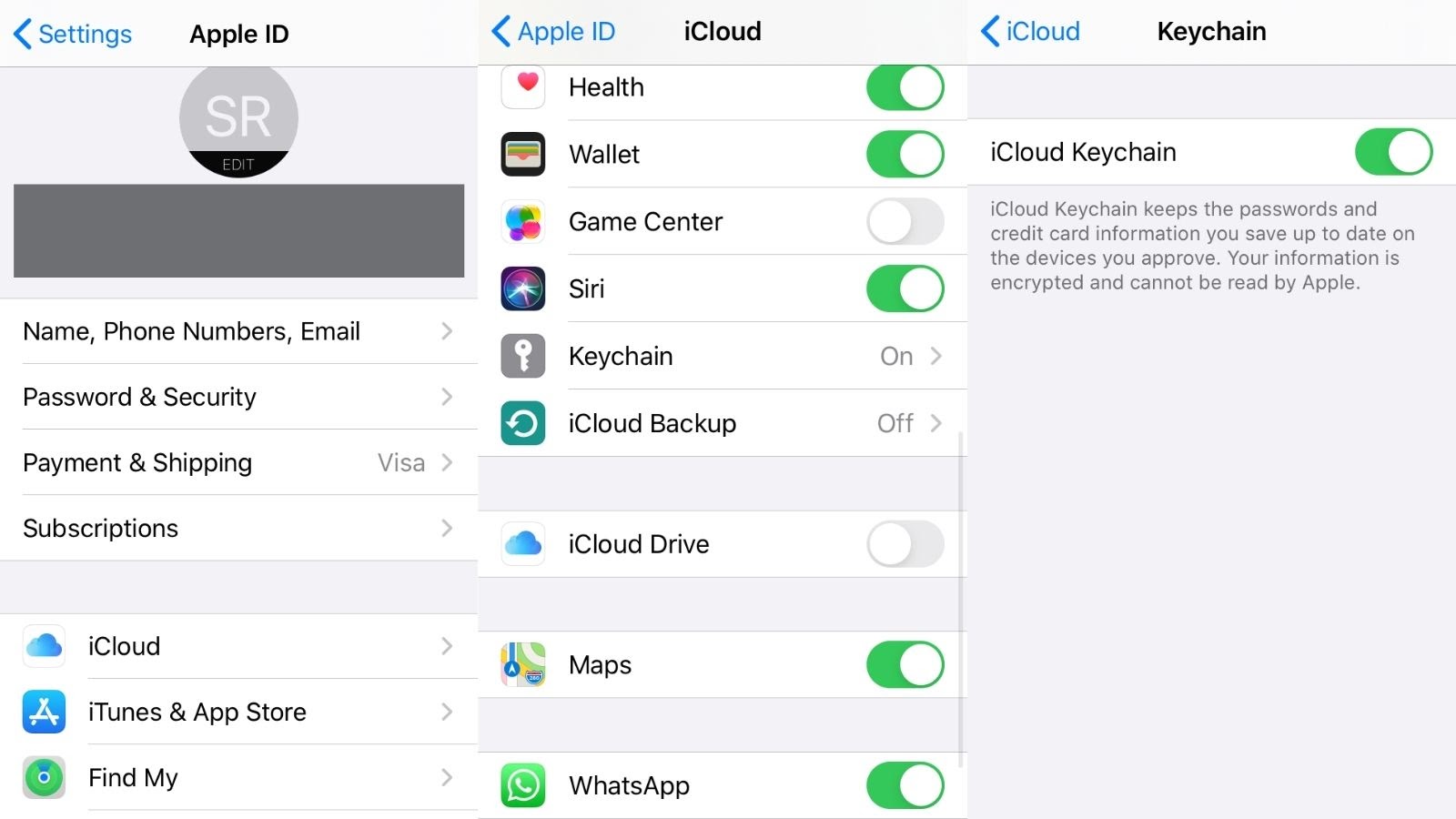
You can create a 4-digit iCloud Security Code to secure your data using Keychain, Apple's built-in password management system, in your System Preferences. But iCloud Keychain will also help you keep track of all the other passwords you use on a daily basis. When opening a new account in Safari, it creates (and stores) random, complex passwords for you. If you need to access them, simply search for them in your devices' Passwords tab.
If you want to go further, iCloud Keychain can also store your credit card information and the form details you provide with online purchases, such as your shipping address. From then on, all items of payment forms will auto-fill, except for your card verification code.
06. Quickly restore data deleted by mistake
Accidentally deleting a file, contact, bookmark or calendar item is all too common, but iCloud ensures you can retrieve the data you deleted if it was part of your selected backups. On the iCloud platform online, in the Settings page, the advanced section allows you to Restore Files, Contacts, Calendars and Reminders, and Bookmarks. All you need to do is search through the stored data, select the ones you need, and hit Restore. Make sure to do this as soon as you realise you need to retrieve the deleted information as files in this section are only available up to 30 days.
07. Optimise iPhone storage with iCloud Photo Library
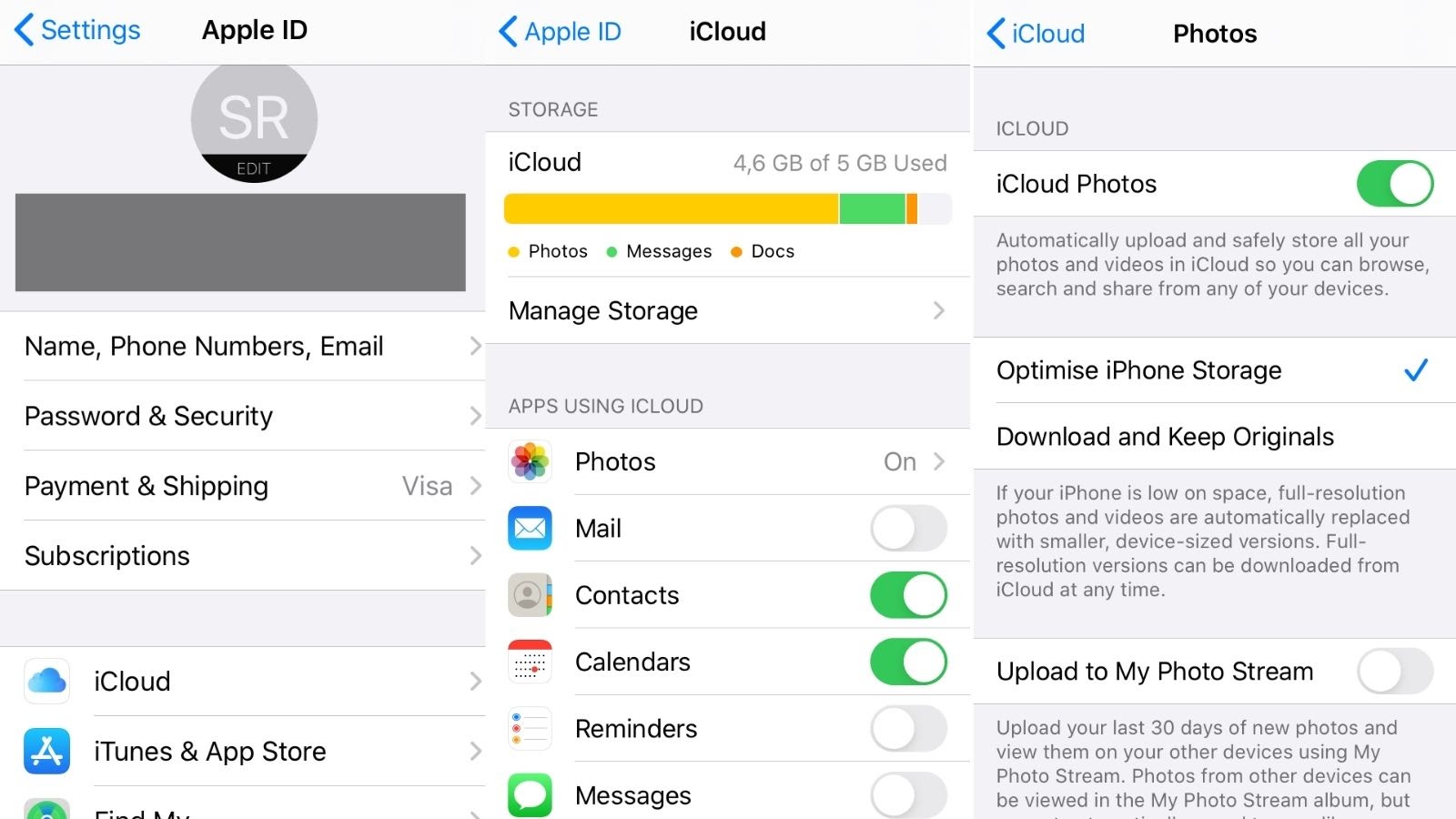
Photos and videos are often the most voluminous files on your phone, but their sentimental value can make it hard to delete them from your device when you start running low on storage space. With iCloud Photo Library's optimisation feature, available in your iCloud settings under Photos, that dilemma can be solved. When available space reaches a critical level, it will save the full resolution photos and videos on iCloud while keeping optimised, smaller-sized files on your device that you can keep perusing at any point.
08. Delete these when storage runs out
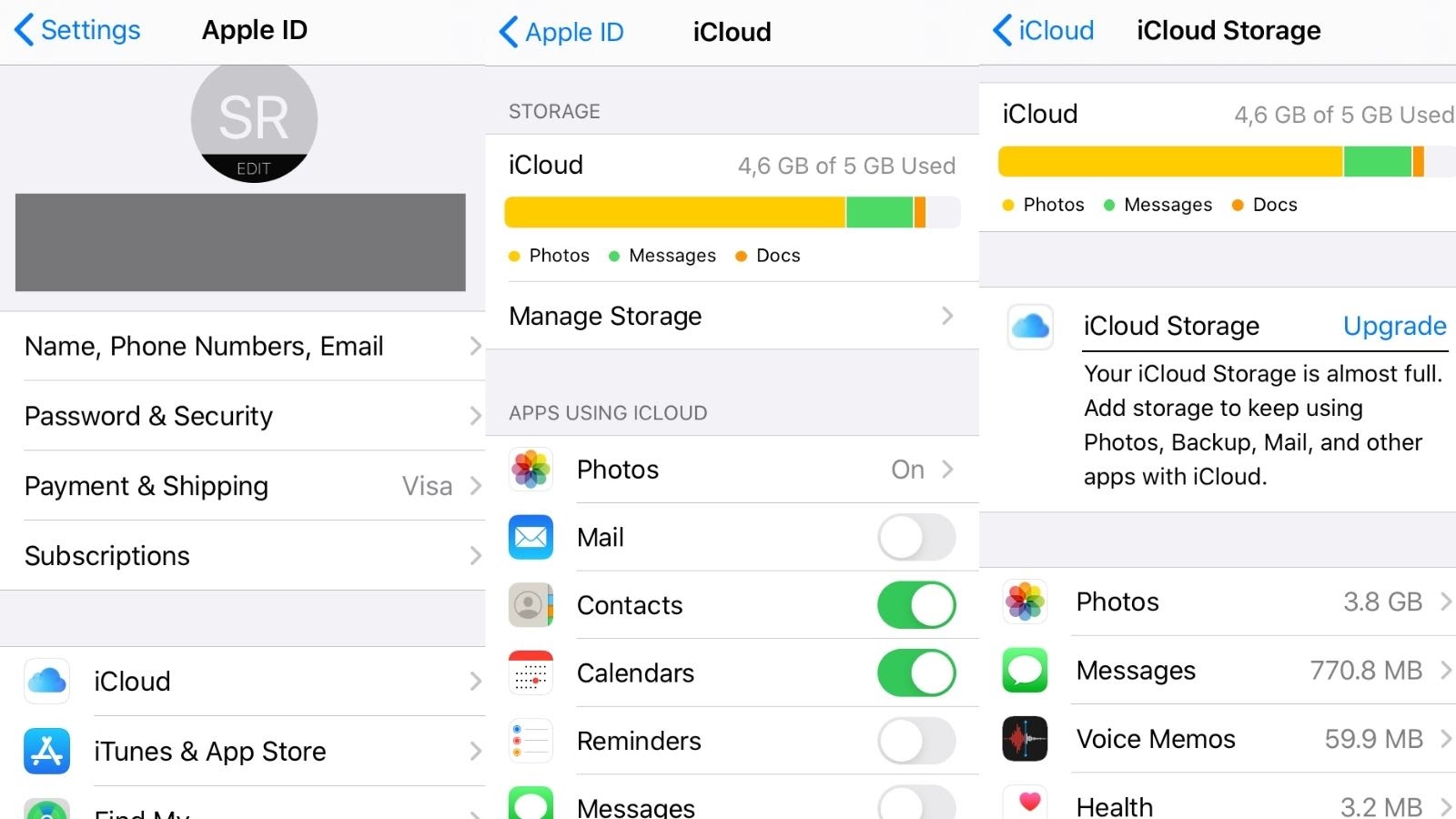
iCloud stores your apps, but the app-related data it keeps can take up significantly more space than you think. For example, the Messages app can eat up a lot of storage on your iCloud, especially if you're a long time iPhone user. When you run out of storage, deleting unnecessary items such as old backups from your previous iPhones, message conversations or media files like photos, videos, and audio memos will be a huge step.
Sometimes, removing entire apps is unavoidable. Know in this case that iCloud stores the deleted app's documents and settings. This will ensure that you can use the app as before if you ever decide to download it again.
10. Buy more iCloud storage
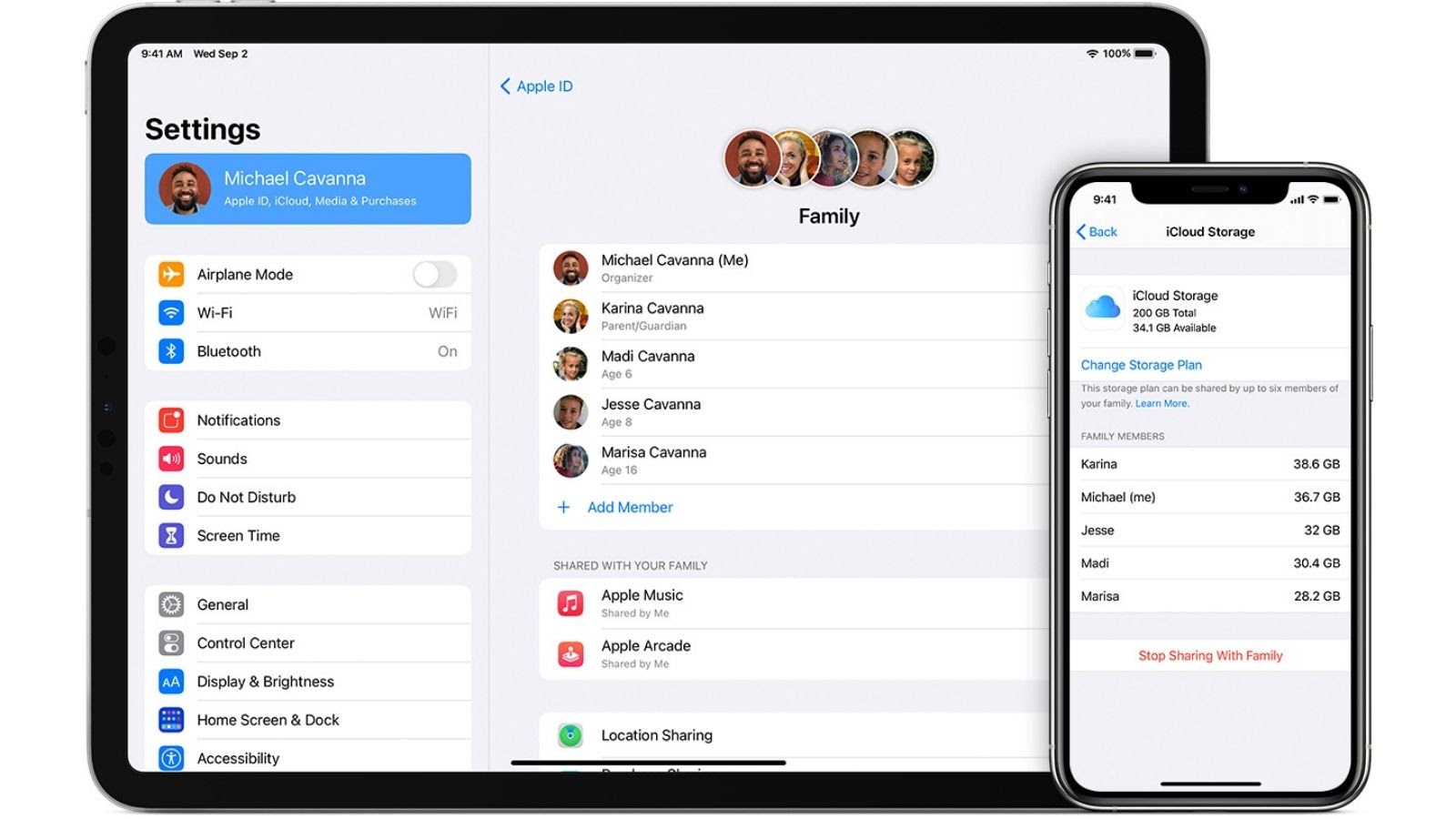
Depending on your use, the minimum 5GB of iCloud storage offered by Apple may not be enough, even if paired with other solutions like Google Drive, Dropbox, or an external hard drive. You may find yourself wanting to buy additional space. Apple offers affordable monthly plans that you can purchase using the funds on your Apple ID instead of charging it to your credit card as a monthly debit.
In your iTunes account, look for Apple ID Account and click on Add Funds to Apple ID. You can then set aside a budget you can use to purchase additional space that can also serve if you need to pay for an app or any other iTunes purchase. If you've turned on Family Share, the system is secure: the members of your family can't spend your Apple ID budget.
All in all, there are a few simple guiding principles to using iCloud to the most of its capacity. The first is to select the data you choose to back up carefully. Then, make the most of the platform's collaboration and sharing options while taking advantage of the security features it possesses to keep your information safe from hackers. Finally, learn how to optimise the storage space you have by knowing what gets stored where, how to delete or restore it.
Its full integration with the entire Apple ecosystem makes iCloud a very convenient and easy tool to use no matter where you are or what device you have at hand.
For more cloud storage ideas, see today's best deals below.
Read more:
- iCloud vs Google Drive
- What is iCloud?
- How to use iCloud
Related articles
How To Remove Icloud From An Iphone 6
Source: https://www.creativebloq.com/features/10-icloud-tips-and-tricks-to-get-more-from-apples-storage-solution
Posted by: addisonyoursider.blogspot.com

0 Response to "How To Remove Icloud From An Iphone 6"
Post a Comment